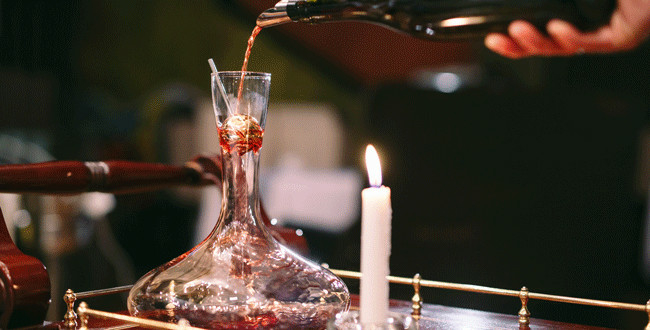Wine decanting is a practice often misunderstood by those new to the world of wine. But this simple gesture can make all the difference in the tasting experience.
Introduction
Wine decanting is a practice often misunderstood by those new to the world of wine. But the simple act of decanting wine from bottle to decanter can make all the difference to the tasting experience. In this article, brought to you by Oeni, your wine cellar management app, available on iOS and Android, we explain why and when you should decant a wine, to improve your knowledge and appreciation of wine.
What is wine decanting?
Wine decanting is an ancient technique used to separate wine from its deposits, while allowing the wine to breathe. When you pour wine from a bottle into a decanter, you accomplish two things: you leave the sediment in the bottle, and you expose the wine to oxygen, opening up its aromas and flavors.

Why decant a wine?
Decanting has two main objectives: to separate sediments and to aerate the wine.
1. To separate sediments:
Deposits, or sediments, generally form in older red wines. These are solid particles that result from the wine's aging process. Although they are not dangerous, they can impart an unpleasant taste or disrupt the clarity of the wine. Decanting separates the wine from these sediments, ensuring a clear, clean tasting experience.
2. To aerate the wine:
Decanting also aerates the wine. By exposing the wine to oxygen, it "breathes", helping to reveal and develop its aromas and flavors. This is particularly beneficial for young wines that may be a little "closed" or rough on opening.

When should a wine be decanted?
The decision to decant a wine depends on its age and style.
1. Young wines :
Young wines, especially powerful, tannic reds, can often benefit from decanting. This allows them to open up and develop their aromas. Wines from grape varieties such as Syrah, Cabernet Sauvignon or Malbec can often gain in complexity and smoothness with an hour or two of decanting.
2. Older wines :
Older wines, especially red wines for ageing, may have deposits. In this case, decantation is used to separate the wine from these sediments. However, older wines are generally more delicate and can be oxidized if exposed to oxygen for too long. It is therefore advisable to decant them just before serving.

How to decant a wine?
There is no single correct method for decanting wine, but here are some general tips:
- To separate sediment, pour the wine slowly and continuously into the decanter. Stop pouring when you start to see sediment approaching the neck of the bottle.
- To aerate wine, don't hesitate to pour it in such a way that the wine comes into contact with a large surface area of air. This may involve pouring the wine from a certain height or swirling it in the decanter.
- Choose an appropriate decanter. Some decanters are specifically designed to maximize wine oxygenation.
Decanting is a ritual appreciated by wine lovers, and one that can greatly enhance the tasting experience. Whether it's to separate sediment in an older wine, or to aerate a young, tannic wine, knowing when and how to decant a wine is a valuable skill for any wine lover.





